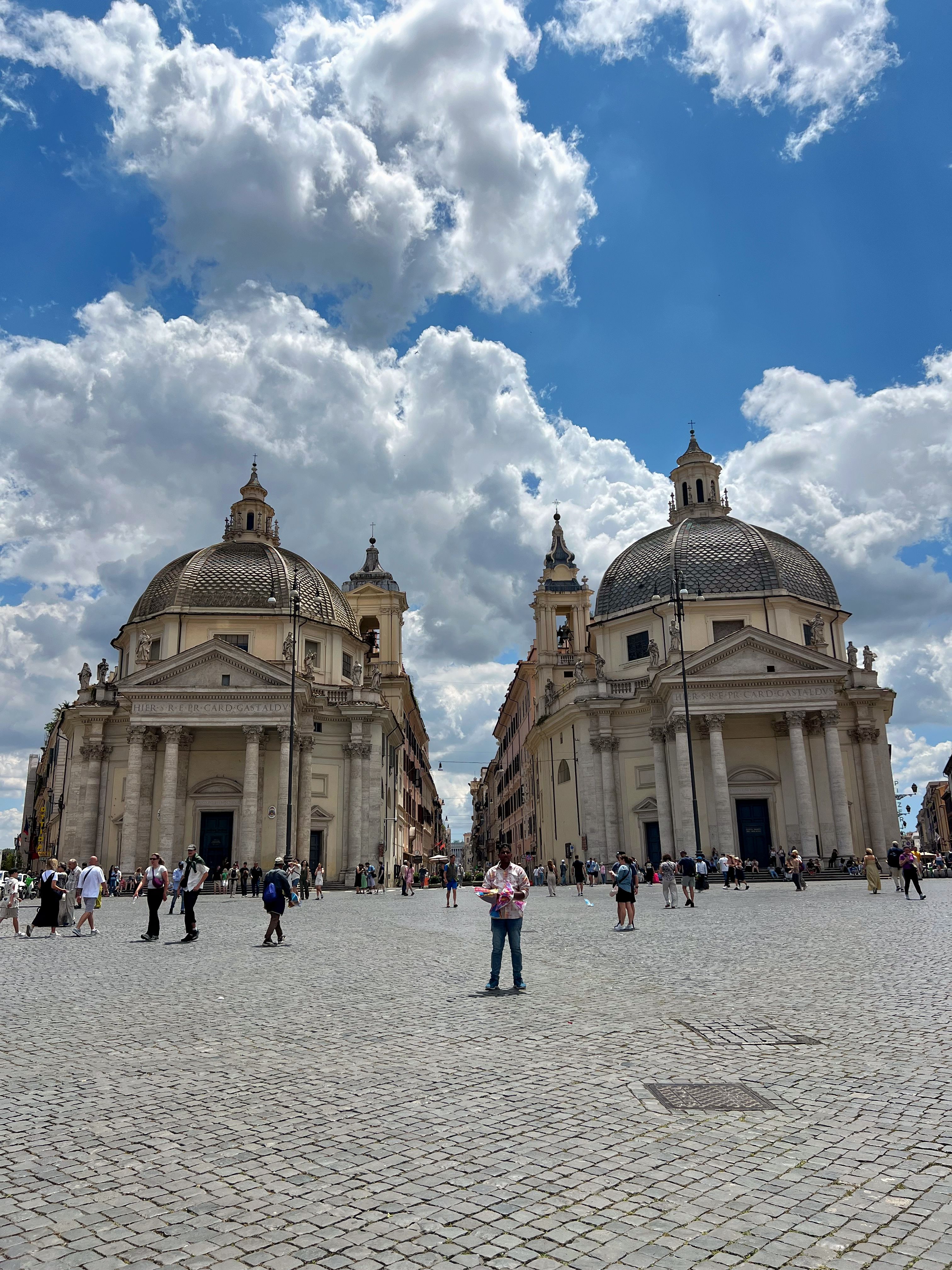Meaningful Beauty: Roman Architecture
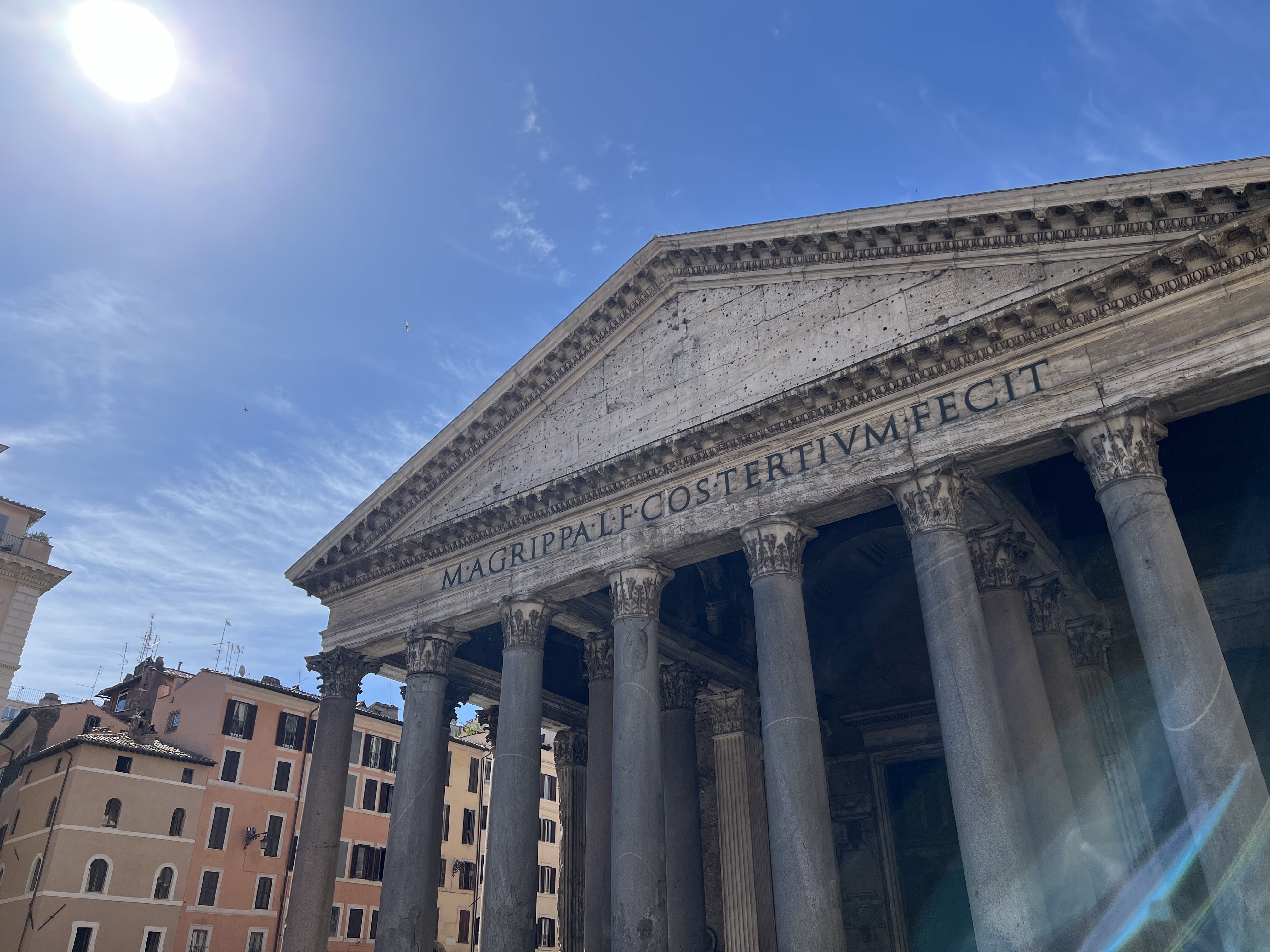
Home to over 2.8 million citizens, Rome has a beautiful culture and complex history. From the Roman Empire to the present, the city remains one of the oldest and most continuously occupied in Europe.
Its rich history is evident through the ancient ruins intertwined with the city’s “modern” infrastructure. This influence is most visible in the thriving city center, where locals work, and tourists flock to the main attractions, including the Pantheon, Colosseum, and Roman Forum. Rome's well-kept ruins keep the city’s history alive with the remnants of its past buried underground. Much of Italy especially Rome has been rebuilt over ancient ruins creating a unique history to the architecture.
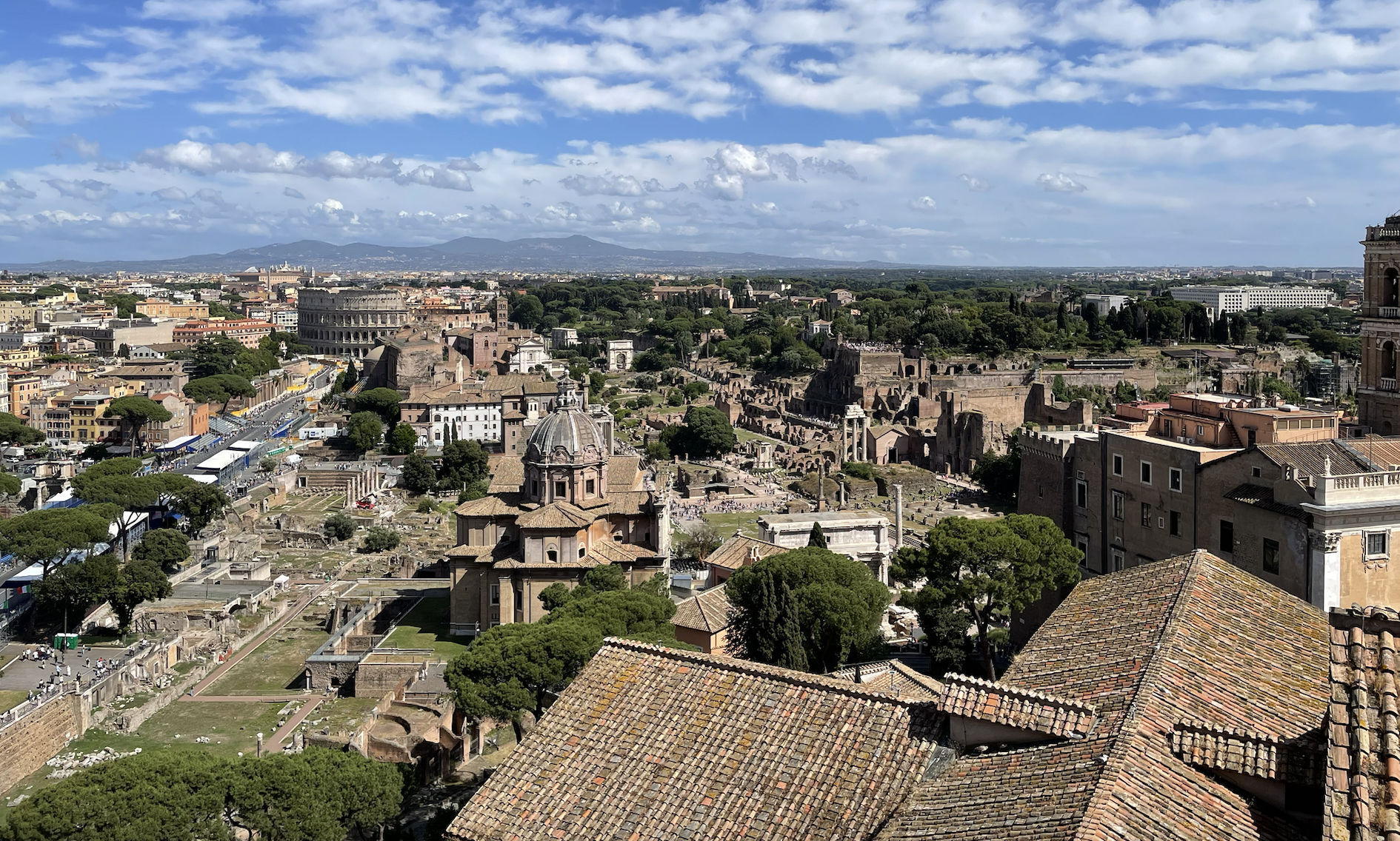
"Human beings being in this place and moving through the same area, the same constructs, the same patterns of streets and buildings, over a very long period of time; refine the experience…"
- Romolo Martemucci
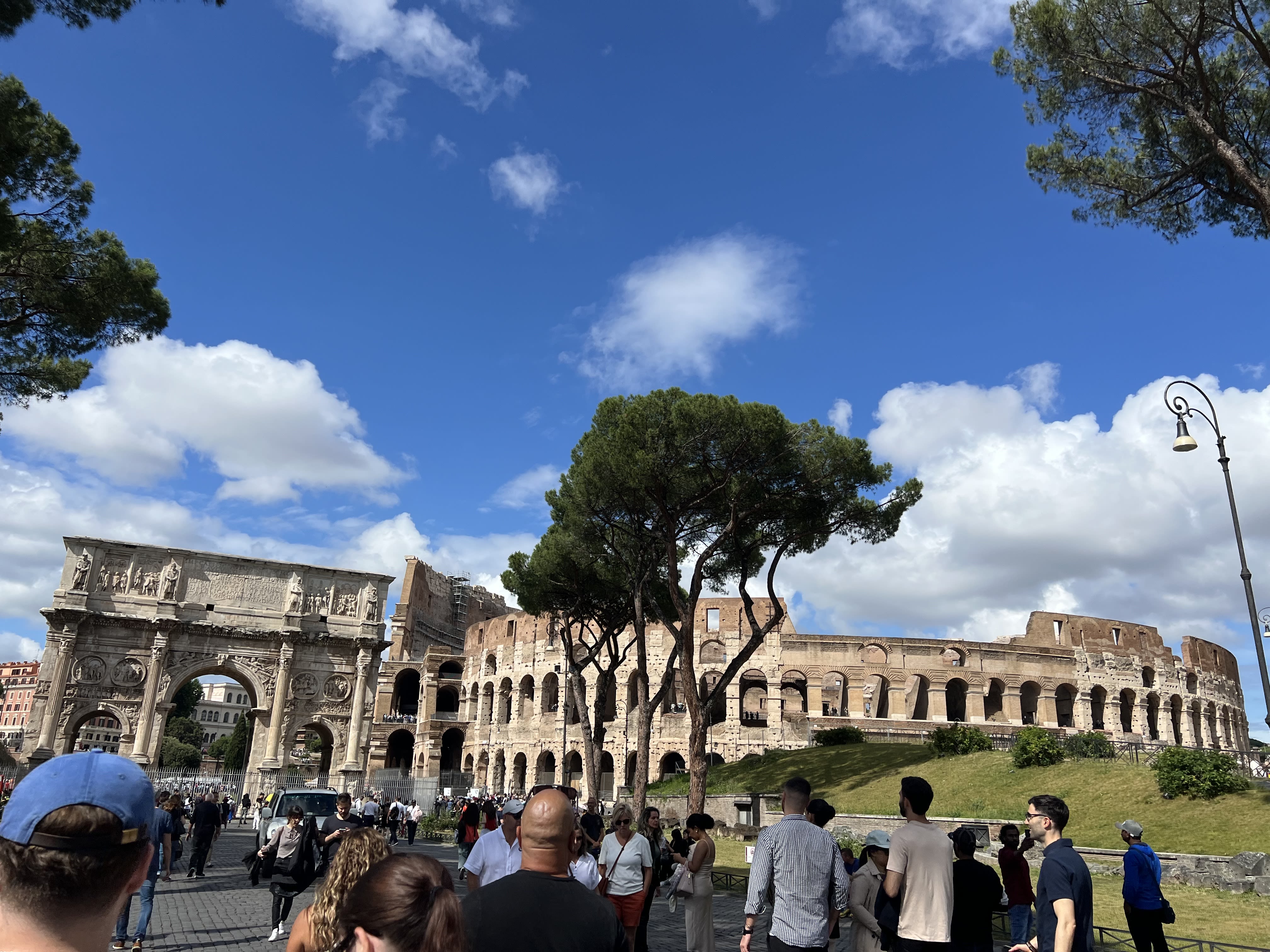
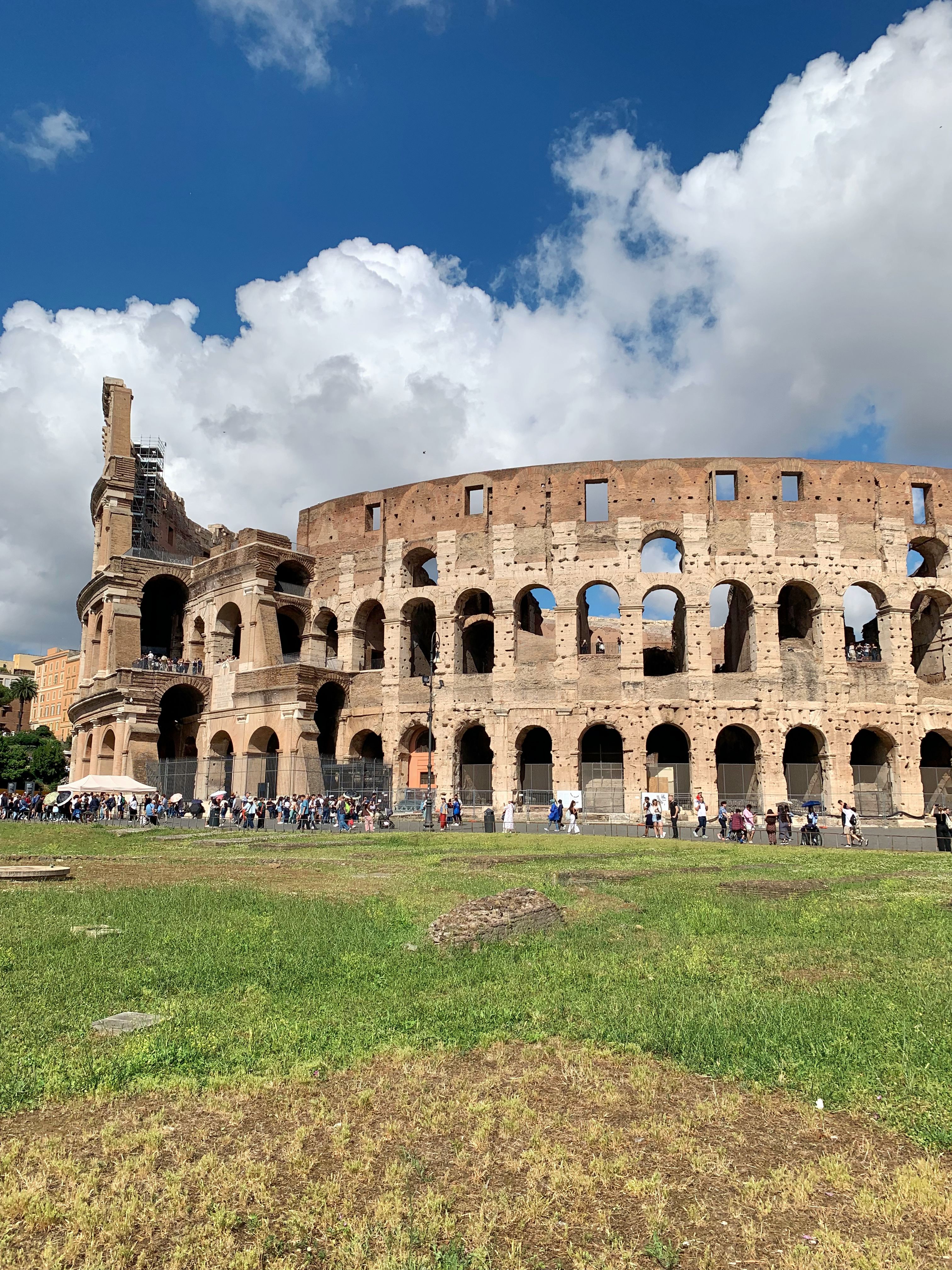
The Roman Colosseum, photo by Alex Suozzi
The Roman Colosseum, photo by Alex Suozzi

St. Peter's Basilica, photo by Alexa Cervo
St. Peter's Basilica, photo by Alexa Cervo
The first rulers of Rome were three Etruscan kings who united villages into a city. Building styles during this time (616 BC - 510 BC) were influenced by Greek colonies. The Etruscans most likely used arches and vaults later in their rule, according to a study done by Columbia University. The Roman Republic (500 BC - 27 BC) replaced the Etruscans, making Rome a democracy with a senate and two consuls. The Republic inherited Etruscan and Greek styles, which include arches and columns. Greek cut stones were replaced by concrete and decorated with bricks and stucco. From 100 BC to 300 AD, the still-standing structures of the Pantheon and Colosseum were constructed. As the Roman Empire expanded across Europe and Asia, Augustus (30 BC - 14 AD) and his successors built forums, temples, and baths in every town. While the Romans took inspiration from the Greeks, they varied their architecture by building oval amphitheaters, triumphal arches, and basilicas.
Romolo Martemucci

Romolo Martemucci, founding director of The Pantheon Institute, photo from The Pantheon Institute
Romolo Martemucci, founding director of The Pantheon Institute, photo from The Pantheon Institute
The Pantheon Institute is a study abroad program for American college and university students with an emphasis on Architecture and the Arts and Sciences focused on providing education while they are enriched in Roman culture. Founder of The Pantheon Institute , Romolo Martemucci, was an architecture professor at Pennsylvania State University. He has lectured and taught at various prestigious universities, like Notre Dame, Ohio State, and Minnesota. His papers and articles have been recognized in various architecture publications.
"Instead of saying ‘I live somewhere,’ if you could knock it up a notch to say ‘I dwell somewhere.’ I feel I dwell in Rome…"
Mr. Martemucci expresses, "I think the importance of visiting a place and learning from a place like [Rome] is equivalent to the importance of being moved by a great work of art" because the city and its architecture is art. Understanding architecture changes ones perspective and their sense of belonging. The intersubjectivity, a term coined by philosopher Edmund Husserl, is the communication between two subjects without a description but a feeling, which is what Rome's architecture can get across.
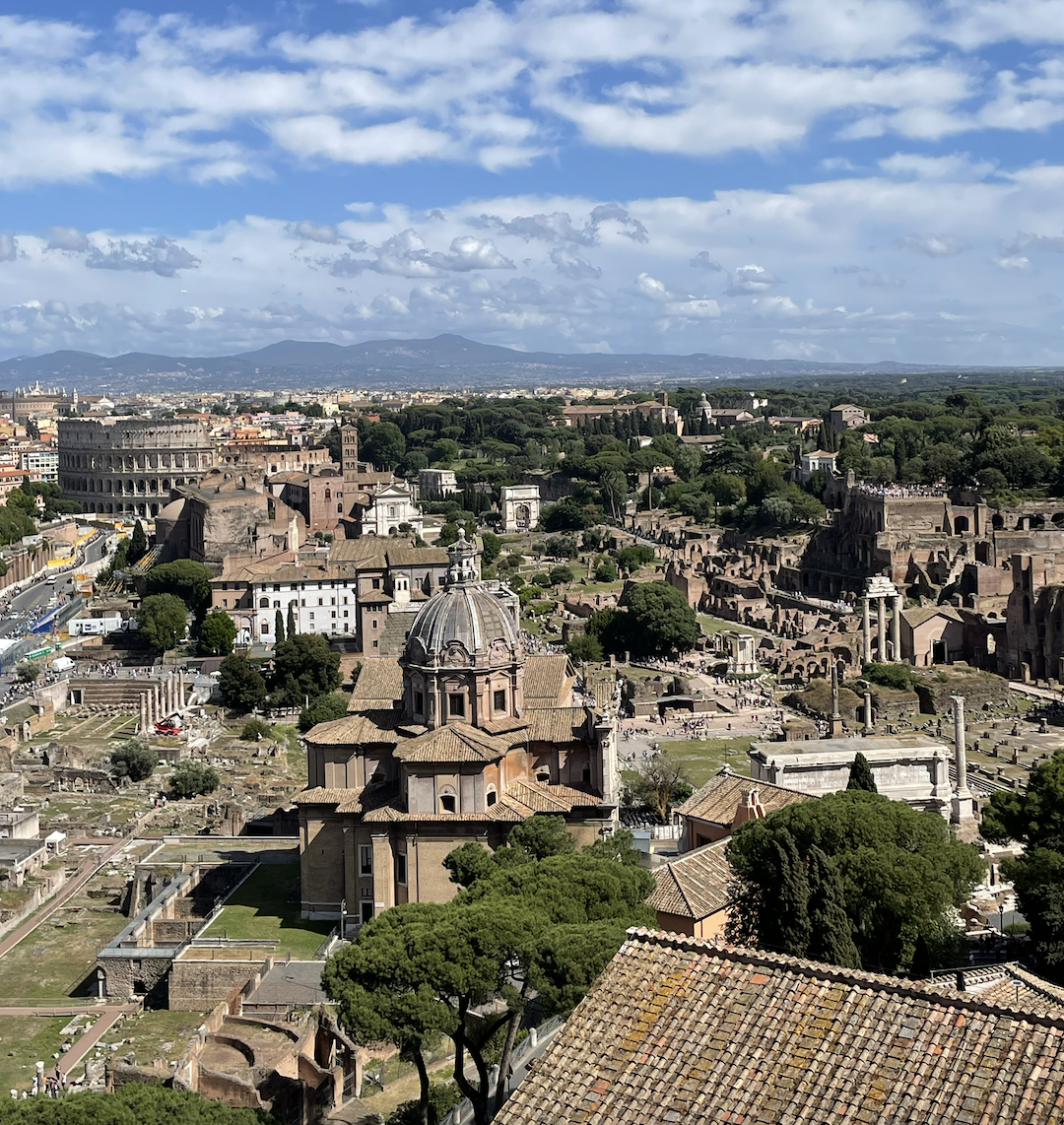
Ancient architecture tells us what materials were common, how the Romans built large structures, and their lifestyle. The same Ancient Romans who walked the same cobblestone streets as current-day Romans. Mr. Martemucci describes it as a pattern integral to the city.
While Romans "dance with their ancestors" (Romolo), architecture, like art, is a form of expression and a form of human nature. The people of Rome refined the city as they navigated and made adjustments to keep the culture. Locals and tourists continue to be enamored by Rome's culture and ruins.
Tourists and locals alike can appreciate the history and beauty of Roman architecture. Here is their take on what makes Italian architecture unique.
Debbie and Joe a couple from Maryland, United States, who wished to keep their last name private, appreciate the beauty of the ancient lands they've been able to see on their trip. Matteo Allegra, a local resident originally from Venice, comments on his favorite aspects of his home and the architecture he gets to experience every day.
Debbie and Joe a couple from Maryland, United States, who wished to keep their last name private, appreciate the beauty of the ancient lands they've been able to see on their trip. Matteo Allegra, a local resident originally from Venice, comments on his favorite aspects of his home and the architecture he gets to experience every day.
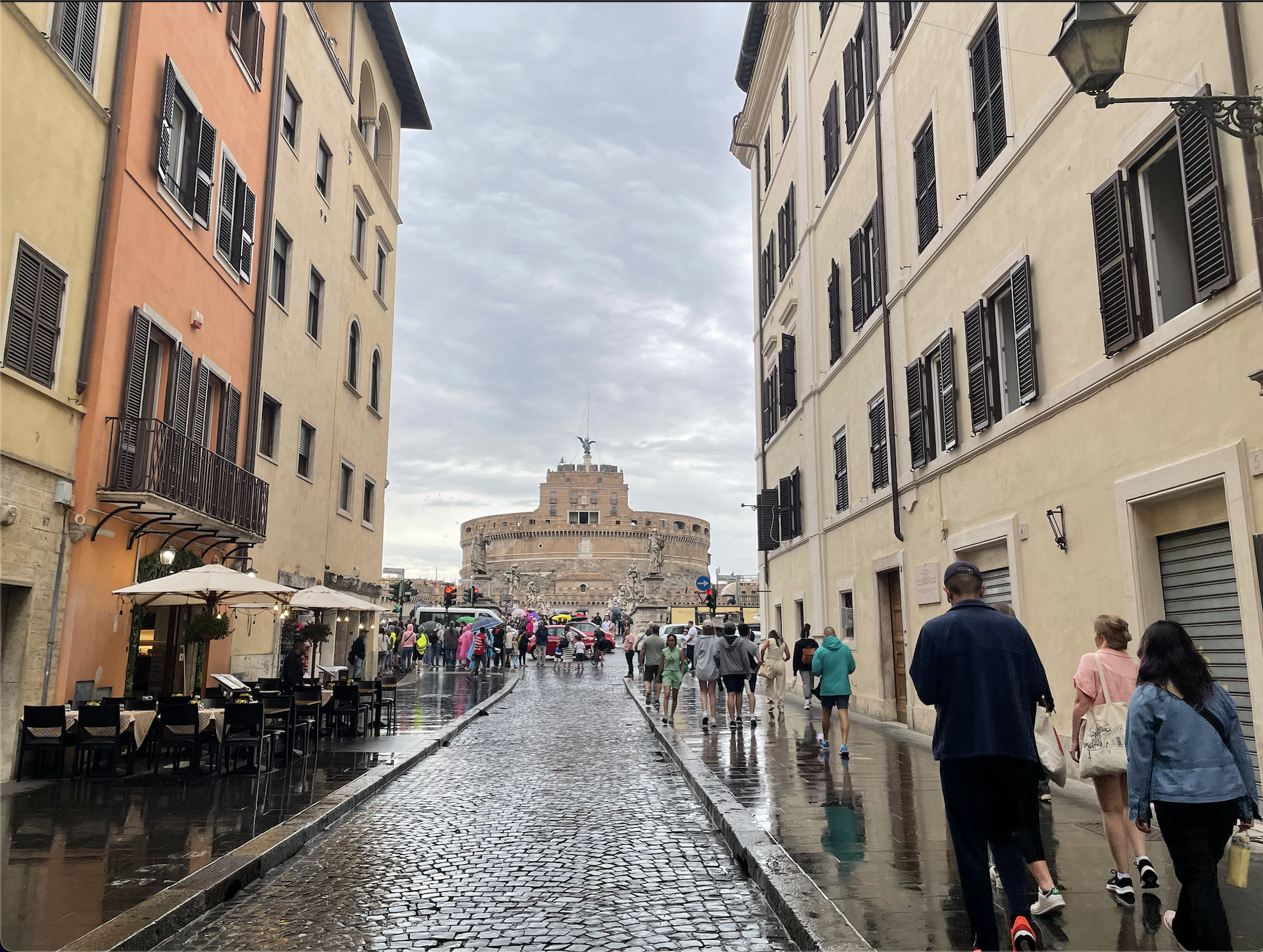
Via del Banco di Santo Spirito, photo by Julianne Amante
Via del Banco di Santo Spirito, photo by Julianne Amante
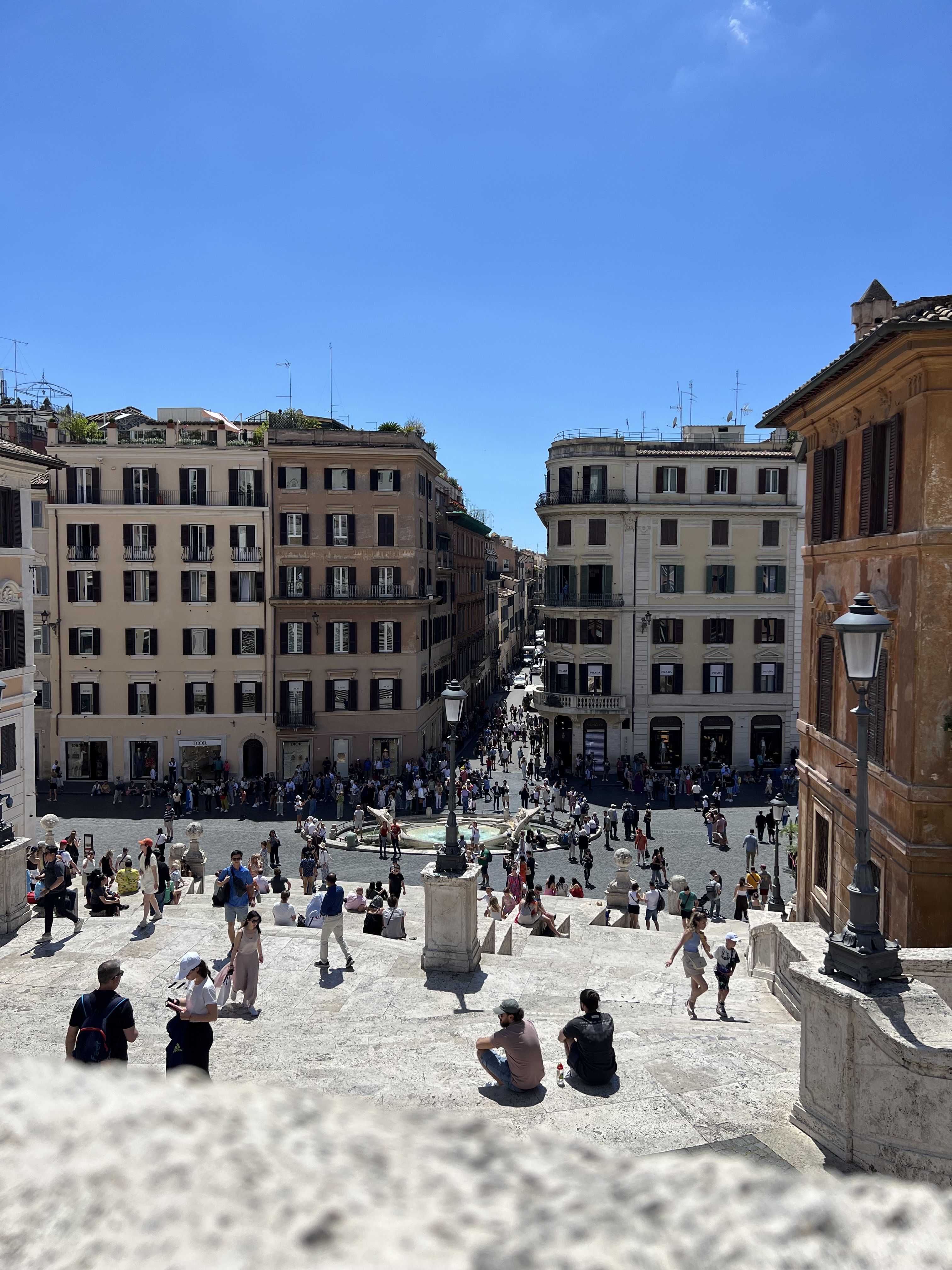
Spanish Steps, photo by Alex Suozzi
Spanish Steps, photo by Alex Suozzi
Rome’s history is not only culturally and artistically rich, but has greatly influenced the entire Western world. The excavations of ancient ruins and the history that remains hidden beneath our feet is what makes Rome unlike any other city. This Italian culture has withheld past centuries strengthens the foundation of Italian tradition and culture.
Rome’s renowned ruins, such as the Pantheon, Colosseum, and Roman Forum, as well as its many famous artworks like Trajan’s Column, Michelangelo’s Pieta, and countless other treasures to be found in its buildings, cathedrals, and museums, are portals into the past. They offer an intimate view of Rome’s journey, beginning with the Etruscan kings, through the Republic and into the present. The varied forms of ancient art concomitantly narrate the stories and mythologies of the times and illustrate the evolution of techniques, tools, and materials used by Roman artisans throughout the ages. Rome’s history and storied past, which are kept alive in its rich architecture and art, continue to educate and strike awe and wonder in people all over the world.
